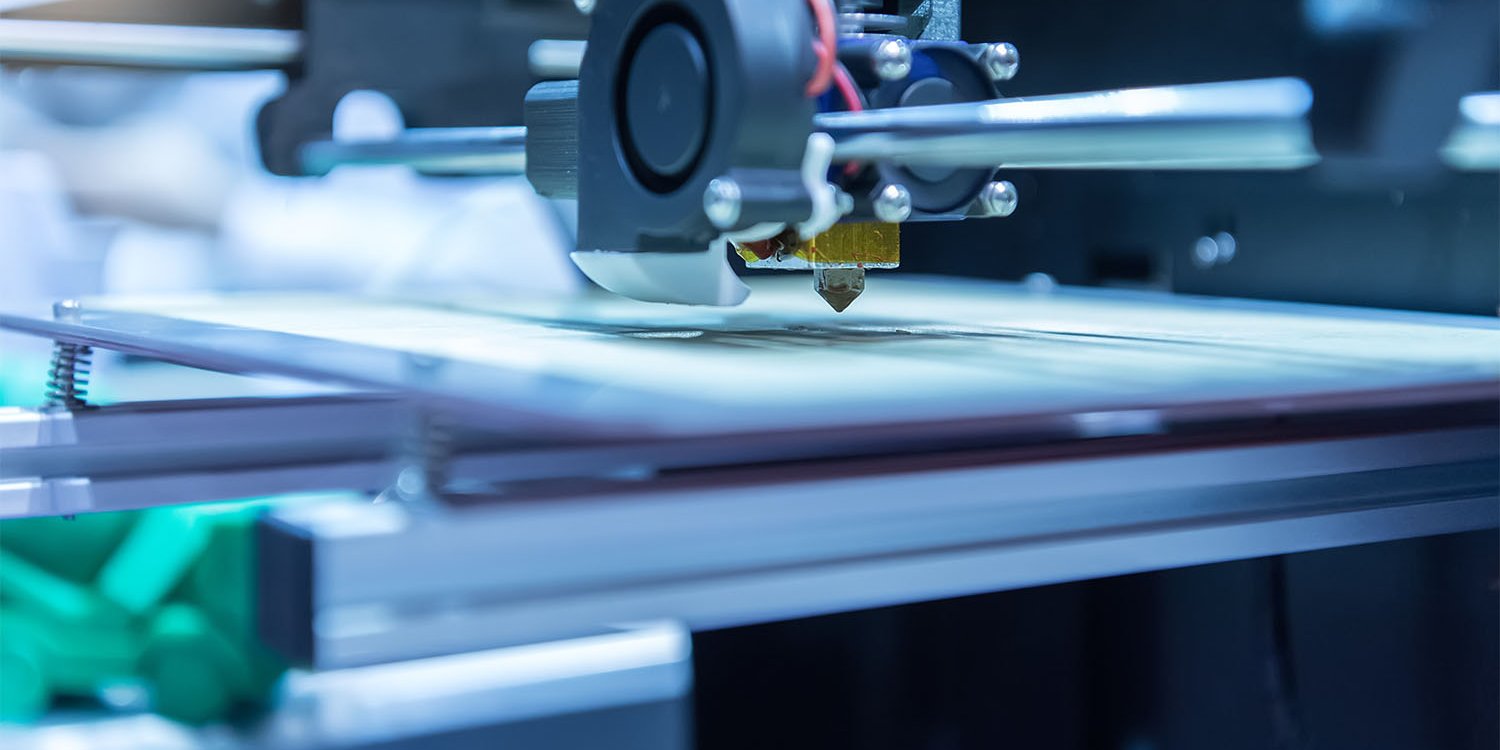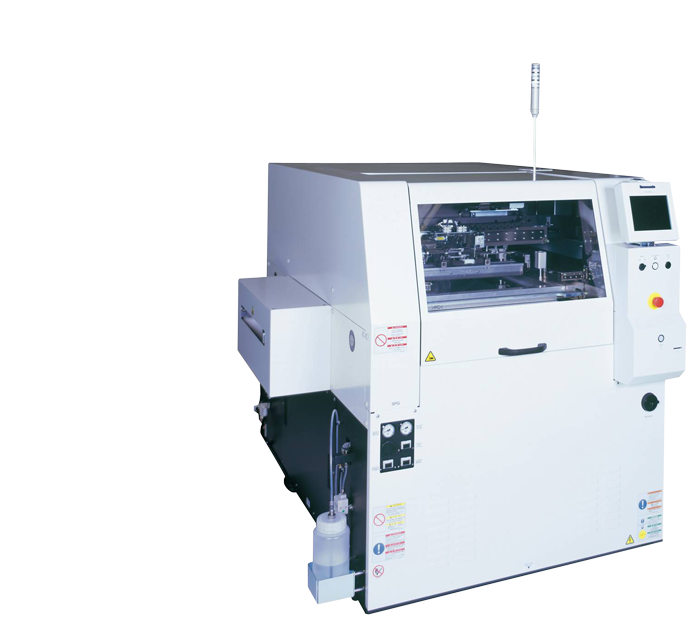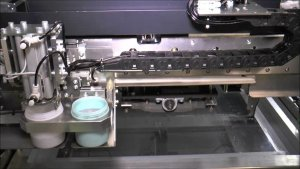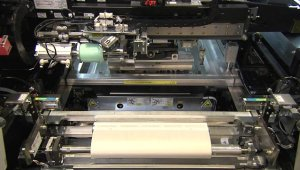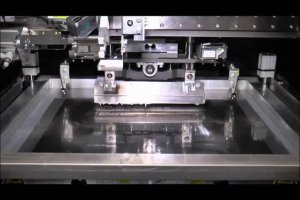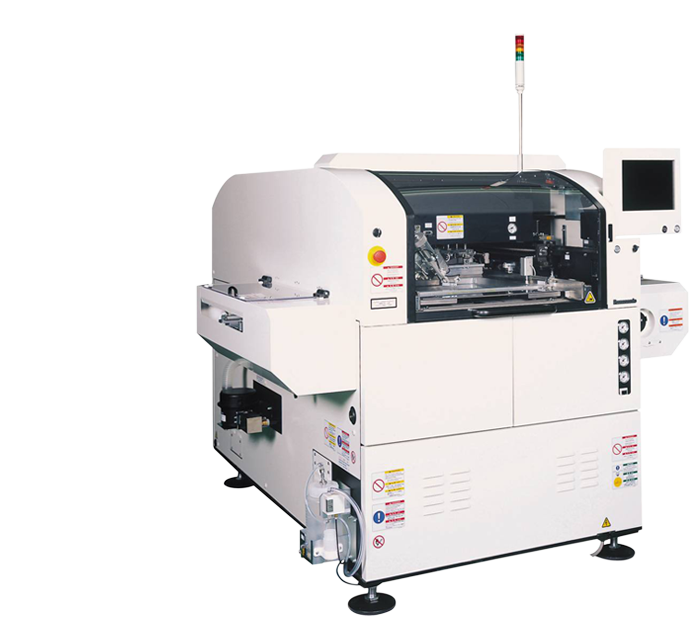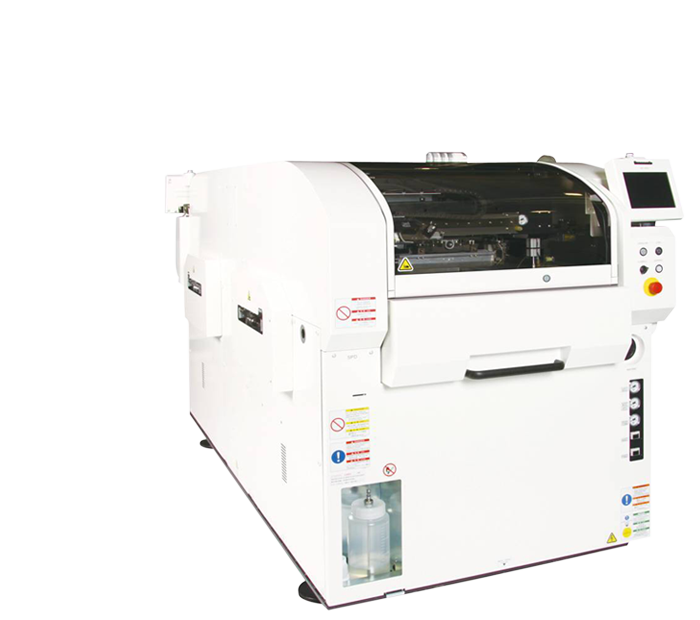Screen Printing
Products
Screen Printing

Features
- Excellent cost performance
- High productivity
- Stable quality
- New type of cleaning unit
- Solder paste auto feeding cutrunning costs
The system prints the PCB with solder paste through a stencil. This is done fully automatically with the Panasonic systems. The automatic solder paste feed controls the solder volume on the stencil by means of a line sensor, which enables continuous printing and stable quality over a long period of time. Panasonic is one of the leading and largest electronics manufacturers in the world! It offers highly reliable electronics manufacturing systems for the production of electronic assemblies. The high-quality equipment features the world's latest technologies. Excellent price-performance ratio and at the same time high productivity and consistent quality.

Features
- Higher quality & higher productivity . . Further pursuing of high quality printing with “the cornerstone of quality is printing”
- Easy operation . . Further pursuit for changeovers with higer speed
- A wide range of applications

Features
- Dual printing stage that furthers productivity
- Higher quality & higher productivity . . Further pursuing of high quality printing with “the cornerstone of quality is printing”
- A variety of options that increase quality and productivity

